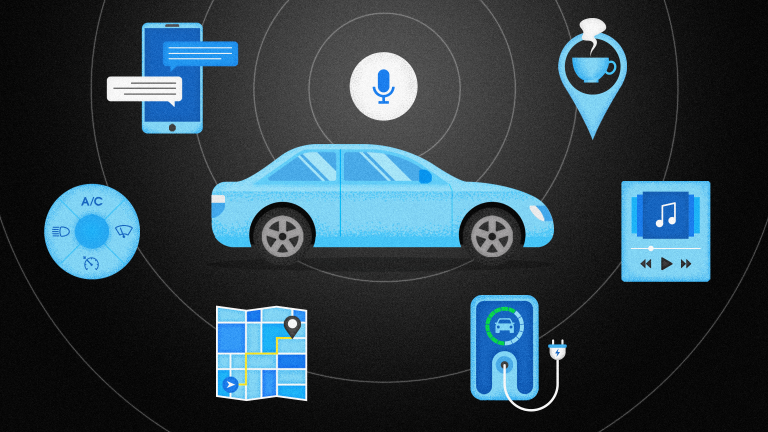Better voice user interface designs deliver improved user experiences essential for creating loyal customers and brand evangelists. According to Statista, in 2020, there were 4.2 billion voice assistants worldwide, which is expected to grow to 8.4 billion by 2024. The exponential growth of voice assistants will make getting your brand heard amidst the vast sea of voice assistants even more difficult. Soon, brands will need differentiated experiences that speak to their users’ needs, expectations, and desires to stand out and capture customers’ and prospects’ attention and remain competitive.
As manufacturers already know, user experiences that cause frustration lead to brand and product abandonment. Given their relative newness to the market, frictionless voice experiences are even more critical for brands hoping to improve user experiences. Because first impressions are often lasting ones, companies deploying voice assistants will want to make sure their voice user experience delivers on the promise of a convenient, easy to use, accurate, and responsive hands-free experience the first time it’s used. Following voice AI design best practices, brands can create voice assistants that address user needs and deliver a competitive edge from the first voice interaction.
Many aspects of good voice AI design originate in knowing your users—what their needs, wants, and expectations are, as well as their geographical location, age range, accents, culture, and commonly spoken languages. Brands also need to understand the environment where the voice assistant will be used, what content knowledge customers expect from it, and what user needs and cultural elements the voice assistant should understand. Having knowledge of these elements builds the foundation for a voice AI strategy that will inform other decisions along the way.
Whether you’re just getting started on your voice AI journey or you’re looking for ways to improve your current voice assistant, keep these 5 elements of voice AI design in mind:
- Noisy environments
- Specialty domains
- Multilingual
- Cultural bias
- User testing
Accommodate noisy environments
A voice assistant must, above all else, deliver on its most important and basic function—to understand the user. Regardless of the use case, background noise of some ilk is always a consideration in voice user interface (VUI) design. Whether it’s road-noise, background music, or just other voices, voice assistants must be able to differentiate between the user and the background. While voice AI technology can help with features such as echo cancellation and beamforming technologies, voice assistant design best practices require developers to consider a variety of conditions to improve accuracy.
Here are 6 keys for designing voice assistants for noisy environments:
- Know your user’s environment
- Choose the right microphone
- Choose linear noise reduction components
- Add zone control with source separation
- Include more data in training models
- Allow for interruptions and barge-ins
One of the most important considerations when designing for noisy environments is knowing what type of background noise will need to be introduced into training models. For in-car voice assistants, that may be other passengers and road noise. For mobile apps, that could be street noise or background conversations. For smart home technology, the user could have music or the TV playing in the background. In some cases, the voice assistant will simply need to differentiate between the user’s voice and the voices of other people in the room.









